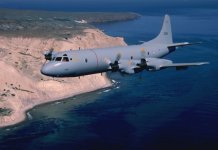Ukraine has dealt severe blows to the Russian military on many occasions in the ongoing war. The most significant would be the sinking of the Russian Moskva missile cruiser in the Black Sea.
Russia Attacks Ukraine With ‘New Batch’ Of Shahed-136 UAVs; Downed Drones Spotted With Message ‘For Ryazan’
Legitimate Target For Russia! Moscow Warns Of Striking Patriot Missile Systems & Their Operators In Ukraine
On April 13, 2022, the Moskva cruiser went down shortly after it was seriously damaged by two Ukrainian-made two Neptune coastal anti-ship cruise missiles, thus marking an end to an almost 30-year service of the Soviet-era 11,490-ton SLAVA Class cruiser.
In the aftermath of Moskva’s sinking, there were reports that Ukraine received help from its Western partners in locating the ship and that the Ukrainian forces used a Bayraktar drone to confirm the damage to the ship after Neptune missiles struck it.
However, Ukraine has a very different version of this incident. The Ukrainian forces reportedly managed to detect and locate the Moskva cruiser in the Black Sea by themselves and without any western support.
According to the Ukrainian version, the weather on April 13 was terrible, with heavy clouds covering the sky over the Black Sea along Ukraine’s coast. The clouds had gathered only a few kilometers above the water. Therefore, it was impossible to see anything using any airborne asset or even an optical satellite.
Also, at the time, Ukrainians did not have over-the-horizon radar capable of detecting targets at very long ranges, usually hundreds to thousands of kilometers, beyond the radar horizon, which is the distance limit for ordinary radar.
The operator of the Neptune missile complex in the Odesa region had ordinary radars that could see only up to 18 kilometers. The Russians were aware of this, so they felt it safe to position the Moskva around 120 kilometers from the Ukrainian coast.
This ordinary radar miraculously located the Moskva cruiser, moving at least 100 kilometers outside the radar’s detection range. After a few minutes of hesitation and consultation, the operator of the Neptune missile complex gave the order to launch the missile.
Ukrainian Pravda recently reported this version of the incident after having conducted dozens of interviews with several personnel from the Ukrainian military.
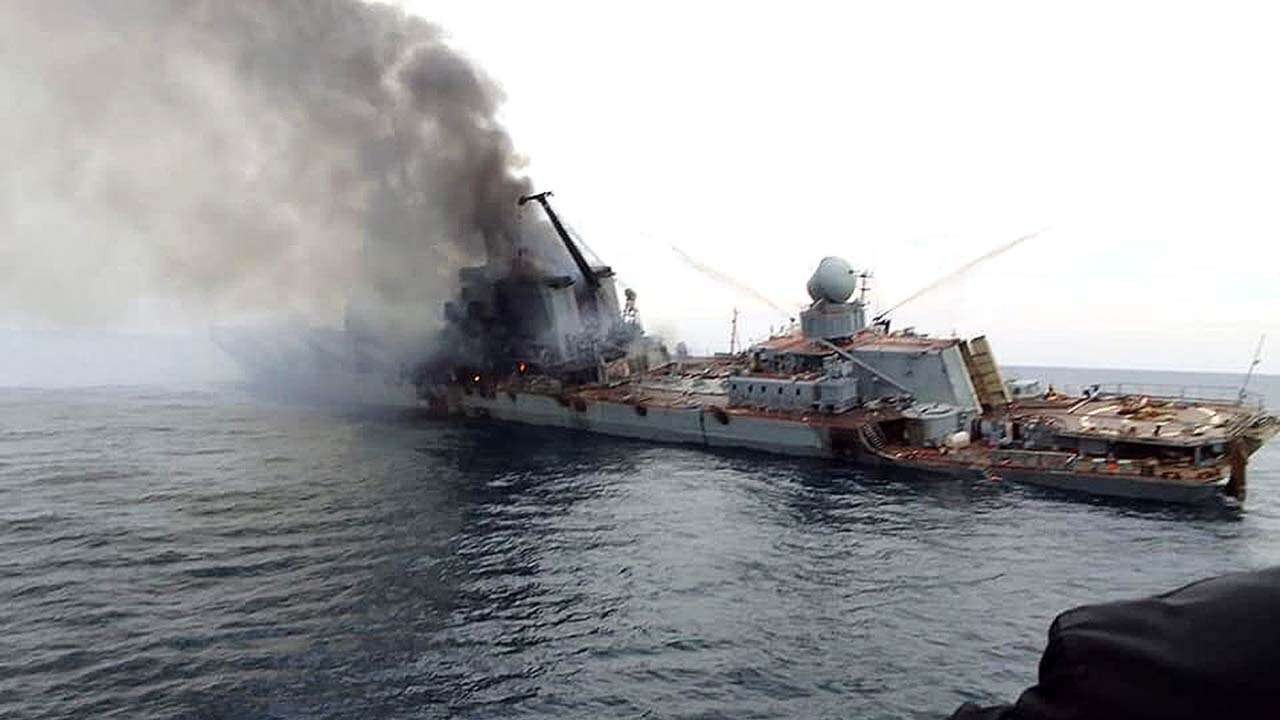
Neptune Missiles Caught The Russians By Surprise
Notably, the Moskva incident also spotlighted Ukraine’s homegrown Neptune anti-ship missile system that was inducted into the service by the Ukrainian military only months before Russia launched a full-scale invasion of Ukraine in February 2022.
However, this was not the first combat use of Neptune missiles. It was used at least once before, in the initial days of Russia’s invasion of Ukraine.
Ukrainians first used Neptune to strike three Russian amphibious ships headed from Crimea toward the Ukrainian coast in the Mykolaiv region. The Russian military intended to use this area as a springboard to launch assaults on Mykolaiv and Odesa.
“The first launches were from the south of the Odesa region and were fired in the direction of Mykolaiv. Therefore, the rockets had to pass over Odesa, and for it to be safe for the city, they were launched not at the height of 5-6 meters above the water, as it should be, but somewhere on 120 meters,” a source in the Ukrainian military told Ukrainian Pravda.
According to this source, the Russians could detect the missiles and probably destroyed them. However, they also shot down one of their own aircraft, which was also searching for Neptune missiles in the area.
The General Staff of the Armed Forces of Ukraine reported on February 26 that a Russian warship had shot down its own plane over the Black Sea.
The source from the Ukrainian military said that none of the Neptune missiles hit their target in their first attack, but the Russian amphibious ships were forced to turn around and return to Crimea.
Neptune missiles surprised the Russians because they had not expected the missile system to have become operational by then.
Even if the Neptune missile system was officially inducted into the service in 2021, the Ukrainian Navy was slated to receive the first division of the Neptune complex only in the spring of 2022, according to the announcement by the Commander Ukrainian Navy, Oleksiy Neizhpapa, in December 2021.

“In the spring, it will be fully ready and included in the Navy of Ukraine. Some equipment has already been purchased. In the spring, we will have a fully ready divisional set of the Neptune complex,” said Neizhpapa.
More importantly, the Ukrainian Navy did not even have the Neptune missiles in December 2021. The first Neptune missiles were taken out of the factory in Kyiv only on February 20, just a few days before the onset of the Russian invasion.
According to the Ukrainian Ministry of Defense, the Neptune missile can destroy naval vessels in a range of 300 kilometers. Therefore it is understandable if the Russians were surprised that Ukrainian forces had acquired such a long-range strike capability.
While the Neptune missiles did not hit their targets, the mission objective was accomplished as the Russian amphibious ships withdrew from the Mykolaiv region.
Nevertheless, the Ukrainian operators of the Neptune system were disappointed with the missiles disappearing somewhere and not hitting anywhere. The operators began doubting the missile’s capabilities.

Therefore, specialists from Kyiv Design Bureau “Luch,” the leading missile developer, were called in to inspect the missile systems. They discovered that one part inside all the rockets was out of order which kept the missiles from detonating.
The specialists fixed the flaw, but there was suspicion within certain circles inside the Ukrainian military that this was an act of sabotage.
“There was such a story. It turned out that all the missiles had the same malfunction and were clearly specially made. It was the only time in the entire war when I could say that it was like treason,” a source from Ukrainian intelligence told Ukrainian Pravda.
Detecting The Moskva Cruiser
Returning to the sinking of Moskva, the operator of the Neptune missile complex detected some strange activity on the radars.
As stated earlier, the radar showed a large target about 120 kilometers from the coast, which now we know to be the flagship of the Russian Black Sea Fleet, the Moskva cruiser.
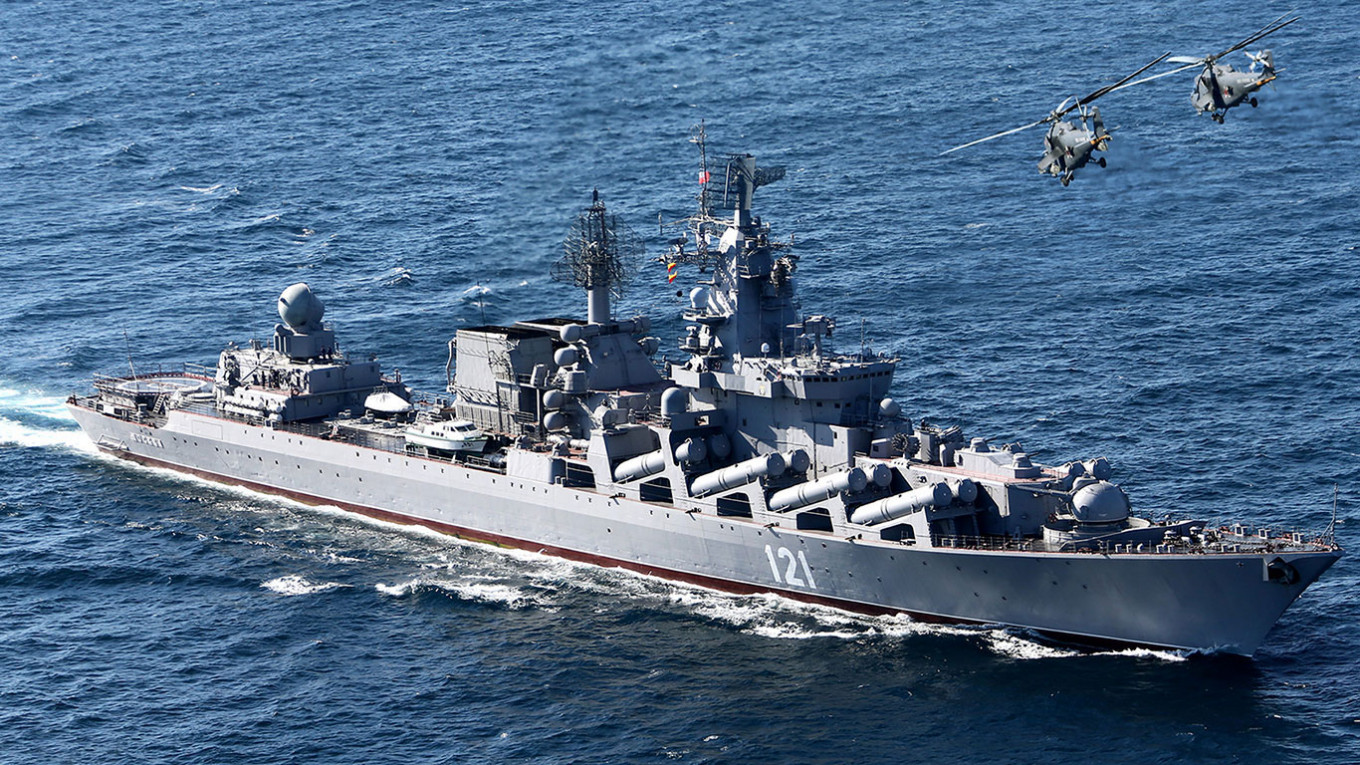
The question remains how this ordinary radar could detect a target from so far away. The Ukrainian forces believed it was ‘nature’ that sided with them.
The dense clouds that had gathered only a few kilometers above the water reportedly proved advantageous for the Ukrainians, as the signal from their radar reflected off these clouds onto the surface of the water and vice-versa.
“At the time of the invasion, we did not have over-the-horizon radars, and Russia knew about it. But since the clouds were very low and the signal from this corridor between the water and the clouds had nowhere to go, the radar unexpectedly reached Moskva,” Ukrainian military personnel explained to Ukrainian Pravda.
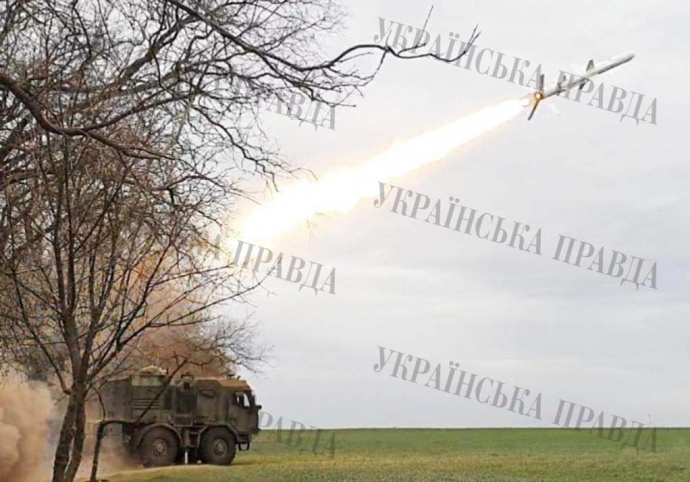
At first, the operator of the Neptune Missile system hesitated, but after consultation, he finally gave the ‘launch command, and two Neptune missiles flew toward the Moskva cruiser.
The approximate time of their approach should have been a little more than six minutes, according to Ukrainian military personnel.
Western Press Has Its Own Version Of The Events
As stated earlier, the Western press reported that Ukraine had help from its Western partners in locating the ship and that the Ukrainian forces used a Bayraktar drone to confirm the damage to the ship after Neptune missiles struck it.
The New Yorker reported in October that Ukrainian military officers had requested their NATO counterparts at an intelligence-coördination center somewhere in Europe to confirm a set of coordinates of the Moskva’s suspected location.
The NATO officials reportedly gave the confirmation, and shortly after that, they saw press reports that the ship had suffered some sort of explosion.
While some western media outlets reported that a US Navy P-8 Poseidon reconnaissance aircraft had provided the exact coordinates of the Moskva to the Ukrainian military.

However, Ukrainian military personnel stated that the Western media has been exaggerating the role of allies.
After the Neptune missiles flew into the sea, the Ukrainian military’s issue was how to confirm if the missiles hit their target.
Ukrainian military personnel told Ukrainian Pravda that the ‘Bayraktar’ operators refused to fly the drone to verify the hit because the drones would not have seen anything from above the clouds, and flying below the clouds was not an option, as it meant almost certain shoot down by the Russians.
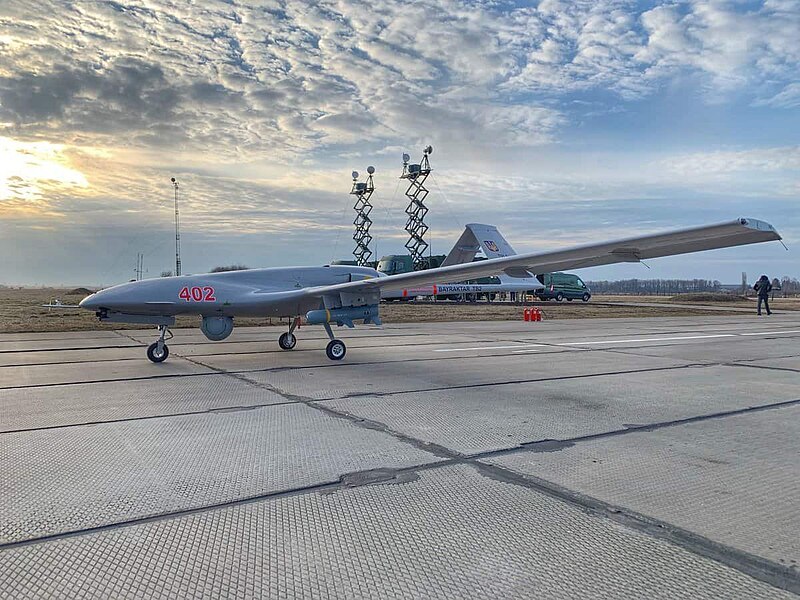
However, shortly after that, Russian state media outlet RIA Novosti confirmed an explosion aboard the Moskva. RIA reported that a blast abroad the ship resulted in “serious damage” but asserted that the cause of the explosion was shipboard fire and the detonation of ammunition.
Also, around the same time as RIA confirmed the explosion on the ship, four Russian warships simultaneously rushed toward Moskva from different directions, but just then, an unexpected storm began at sea, which made it difficult to conduct any rescue operations.
When the Ukrainian military received reports of a tugboat leaving Crimea for Moskva, it became apparent to them that the situation on the cruiser was critical.
The following day, the storm over the Black Sea calmed down, and images showing heavy black clouds of smoke onboard the Moskva started doing the rounds on social media.
#Ukraine: The first image of the guided missile cruiser Moskva of the Russian Navy that sank a few days ago, via @Bormanike.
Depending on the side you choose to believe, the ship was either hit by 2x R-360 "Neptun" ASMs, or suffered a catastrophic ammunition fire. You decide. pic.twitter.com/CTRNAKT9ES
— ?? Ukraine Weapons Tracker (@UAWeapons) April 17, 2022
Ultimately, the Russian state news agency TASS reported that the guided-missile cruiser Moskva had sunk, citing a statement from the Russian Ministry of Defense.
“During the towing of the cruiser Moskva to the destination port, the ship lost its stability due to hull damage received during a fire from the detonation of ammunition. In the conditions of stormy seas, the ship sank,” the statement said, according to TASS.
- Contact the author at tanmaykadam700@gmail.com
- Follow EurAsian Times on Google News



